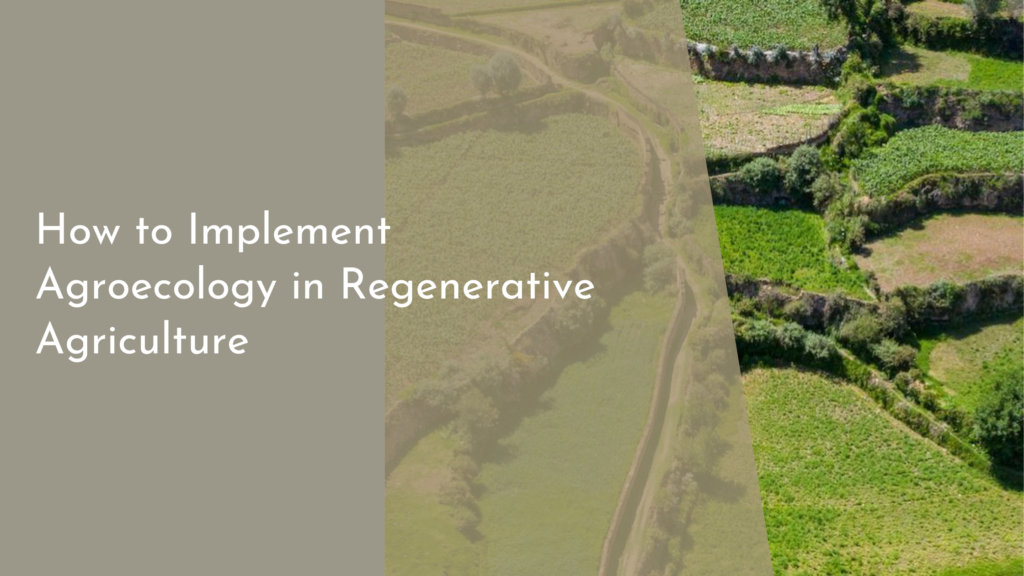Agroforestry’s Role in Sustainable Casuarina Farming
Agroforestry is emerging as a transformative approach in sustainable agriculture, particularly in the cultivation of Casuarina trees. Known for their rapid growth and adaptability, Casuarina species have long been valued for their multiple uses, from timber to windbreaks. By integrating these trees into farming systems, agroforestry not only enhances agricultural productivity but also contributes to environmental sustainability. This article explores the role of agroforestry in sustainable Casuarina farming, highlighting its benefits, contributions to biodiversity, and the promising future it offers.
Discovering Agroforestry: A Green Revolution in Farming
Agroforestry is a land management system that combines agricultural crops and livestock with trees, creating a diverse and productive ecosystem. This integrated approach promotes sustainable farming practices that enhance soil quality, conserve water, and reduce the need for chemical fertilizers. In the context of Casuarina farming, agroforestry systems can significantly increase yields while simultaneously addressing environmental concerns such as soil erosion and deforestation.
By incorporating Casuarina trees into traditional farming landscapes, farmers can create a resilient agricultural system that thrives on biodiversity. The synergy between crops and trees not only improves the microclimate but also provides shade and shelter for various plant and animal species. This holistic approach marks a significant milestone in the quest for sustainable farming practices, paving the way for a green revolution that benefits both farmers and the environment.
The Benefits of Casuarina Trees in Sustainable Practices
Casuarina trees offer numerous advantages when integrated into agroforestry systems. Their deep root systems help to stabilize soil, preventing erosion and improving soil structure. Additionally, these trees are known for their ability to fix nitrogen in the soil, which enhances fertility and reduces the need for synthetic fertilizers. This characteristic is particularly beneficial in tropical and subtropical regions, where soil nutrient depletion is a common issue.
Moreover, Casuarina trees can provide a variety of products that contribute to sustainable livelihoods. From timber and firewood to non-timber forest products such as fruits and essential oils, the diversification of income sources helps farmers become more resilient in the face of economic challenges. By harnessing the multiple uses of Casuarina, farmers can ensure their practices not only sustain the environment but also support their economic well-being.
Enhancing Biodiversity: Agroforestry and Ecosystem Health
One of the most significant advantages of agroforestry systems featuring Casuarina trees is their role in enhancing biodiversity. These trees create habitats for various wildlife species, from insects to birds, fostering a rich ecosystem that is essential for pollination and pest control. Additionally, the diverse plant life encouraged by agroforestry helps build a robust food web, which is crucial for maintaining ecosystem health.
The integration of Casuarina within agricultural landscapes also aids in carbon sequestration, helping to mitigate climate change. By capturing atmospheric carbon dioxide, these trees contribute to the reduction of greenhouse gases, thus promoting a healthier environment. The combination of increased biodiversity and carbon storage positions agroforestry as a key player in global sustainability efforts, showcasing the multifaceted benefits of incorporating Casuarina into farming practices.
Future Prospects: Thriving with Sustainable Casuarina Farms
Looking ahead, the potential for sustainable Casuarina farming through agroforestry is exceptionally promising. As the global demand for eco-friendly products and practices grows, farmers who adopt these methods can position themselves as leaders in the sustainable agriculture movement. With ongoing research and innovation in agroforestry techniques, the efficiency and productivity of Casuarina farming are likely to increase, providing even more incentives for farmers to embrace this approach.
Furthermore, the increasing recognition of the environmental and economic benefits of agroforestry is fostering collaboration among farmers, researchers, and policymakers. Initiatives aimed at promoting sustainable practices, including training programs and financial incentives, are paving the way for the widespread adoption of agroforestry systems. As more farmers transition to sustainable Casuarina farming, the collective impact on ecosystems and rural communities will undoubtedly be profound, ushering in a new era of sustainable agriculture.
In summary, agroforestry holds immense potential for transforming Casuarina farming into a sustainable and profitable venture. By harnessing the benefits of tree integration, farmers can enhance biodiversity, improve soil health, and increase their resilience against economic and environmental challenges. As we move towards a more sustainable future, the partnership between agroforestry and Casuarina farming promises to create thriving ecosystems and prosperous communities. Embracing this green revolution not only benefits individual farmers but also contributes to the health of our planet as a whole.

